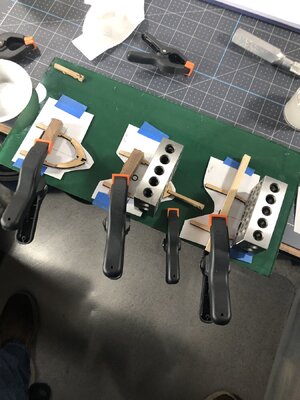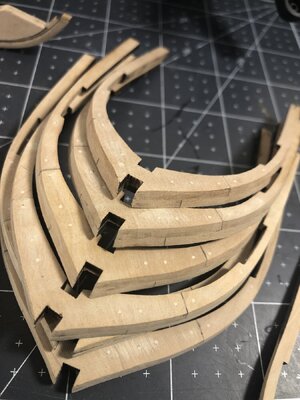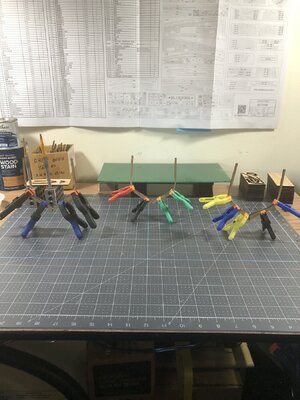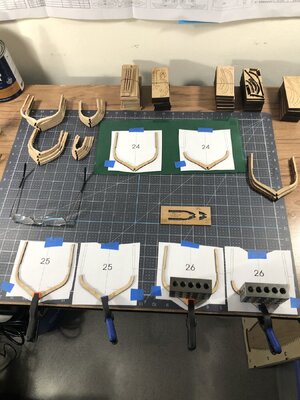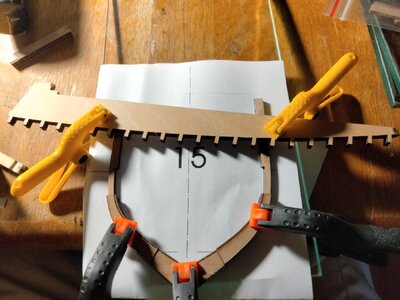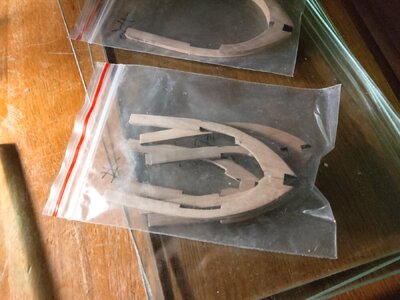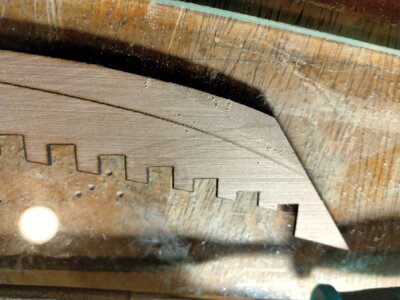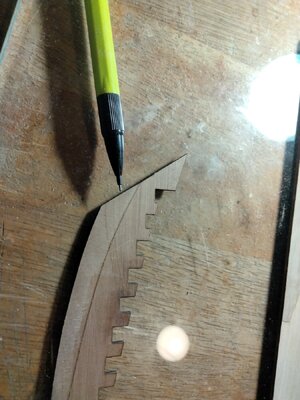No worries, Ted, your aim for perfection is understandable, but, as I found out during my BN build, for me that's unattainable.
After some 22 months I now have a completed model which is quite honestly an accumulation of discrepancies and re-do's. Regardless, this model holds high value, despite the misgivings I might carry.
In your professional career, apart from the remodeling work, you had to make sure no people were killed. That's a different ballgame altogether. Now this is for fun, having a good time building a model and filling up swear jars.
You will know of details being far from perfect, heck, I know the aft part of the of my BN is not correct, but when I found out, there was nothing I could do anymore, other than accept it and soldier on.
I wish you fun building your BN, she is challenging, but what a charming lady she is.
During my time in the US, I met quite a few (former) USAF guys. Especially my CFI made an impression, being a retired AF colonel and a Vietnam veteran. What a colorful character he was, especially his language... Fond memories.




